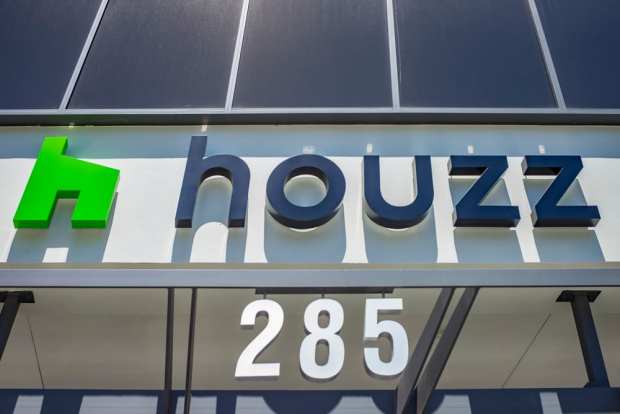Houzz On Watching Home Improvement’s Real-Time Health

For consumers looking to remodel their homes, remodeling and design platform Houzz provides a treasure trove of information. “We have a very robust community of homeowners and professionals in the home improvement and design space,” Houzz Principal Economist Nino Sitchinava told PYMNTS in an interview. The platform has millions of high-resolution photos and active members accessing the site every day. With the platform, the company can tap into a highly engaged community for research.
Most of Houzz’s research is based on analytics and surveys sent to the community, which provides them with real-time information on the health of the market. Sitchinava said that, in some ways, its strategy is a bit unprecedented. The industry is fragmented and comprised of millions of small businesses, which leaves the door open for platforms like Houzz.
The Houzz Renovation Barometer, which aims to gauge the “turning point” in the industry, tracks the architecture and interior design sectors as well as the construction sector, with a focus on residential renovation. “The activity the sectors are involved in relates to anything from major residential remodeling and renovations to repair and maintenance” in addition to interior design, engineering and drafting, Sitchinava said.
Houzz aims to gauge whether new business activity – such as project inquiries and committed new projects – is changing quarter over quarter, and also looks at backlogs, which is a “pipeline of projects” businesses have in their books. The residential renovation market has done quite well since the financial crisis of 2007 and 2008, seeing what Sitchinava described as a “very robust recovery,” hitting peaks in 2016 and 2017. Since then, overall growth in the home improvement sector has been moderating.
Construction
In the construction sector, the company’s Recent Business Activity Indicator related to project inquiries and new committed projects remained unchanged at 67 for Q1. The results follow a decline in project inquiries to 66 in Q4 and an increase in new committed projects to 67 in Q4. Of the results, Sitchinava said there has been steady confidence based on the recent activity index, and that both quarters have shown similar performance.
Going forward, the company’s Expected Business Activity Indicator related to project inquiries and new committed projects increased two points relative to Q1 to reach 74 in Q2. The increase comes amid an uptick in expectations for new committed projects (up one point to 73 in Q2) and project inquiries (up two points to 74 in Q2).
Based on qualitative feedback, Sitchinava said Q1 appeared to be unusually cold and wet from the perspective of small businesses. At the beginning of the year, there is usually an influx of projects (especially on the inquiry side), but professionals saw a slow start, attributing it to weather conditions. Some of those delayed inquiries are likely to come through in Q2. (As a result, Houzz is seeing an uptick in Q2 relative to Q1.)
The construction sector is very much subject to weather, particularly colder or wetter conditions. When it comes to activity by geography, Sitchinava noted coastal regions are seeing more of an influx of new project inquiries and committed projects, a pattern that has been observed over several years. “The Midwest came through particularly lower,” she said, due in part to the polar vortex that brought unusually cold weather to the region.
Architecture and Design Services
In the Architectural and Design Services Sector, Houzz’s Recent Business Activity Indicator related to project inquiries and new committed projects fell two points relative to Q4 in Q1, arriving at 63. Regarding the slight decline, Sithinava noted much activity in 2018 was delayed until later in the year. Q1, then, was a little lower relative to Q4, but only because the intensity of major projects was, in a way, loaded up at the end of the year.
However, she pointed out that “this year is already starting really strong for architects and interior designers.” She added that the sector tends to work in the early part of the project lifecycle, and is generally a leading indicator of how well construction would fare down the road. Houzz’s Expected Business Activity Indicator related to project inquiries and new committed projects for the sector highlighted this trend, increasing five points relative to Q1 to arrive at 70 in Q2. At the same time, expectations increased for both new committed projects (up seven points to 72 in Q2) and project inquiries (up three points to 67 in Q2).
Future Outlook
Generally, Sitchinava noted the outlook is positive, and that the home improvement industry is at its peak in terms of the economic cycle. While Houzz’s index reports that small businesses are extremely confident in the health of the market, the influx of new inquiries and new business is moderating relative to previous quarters. Even so, the economist noted, “generally, we expect a very positive outlook in 2019.”
